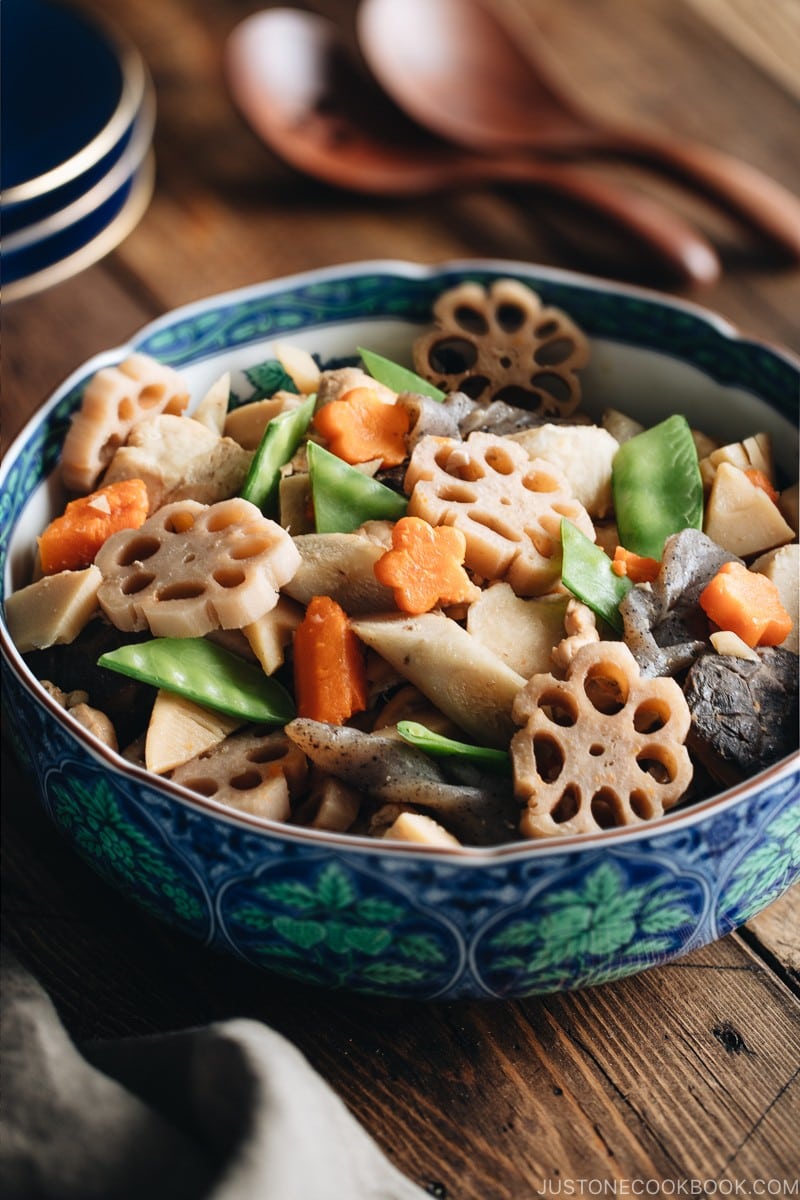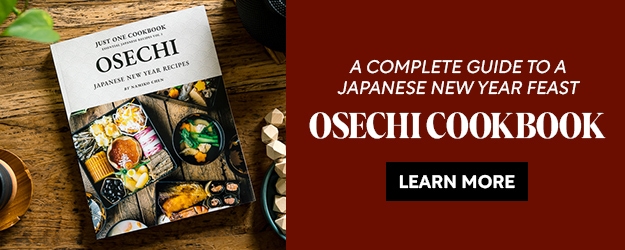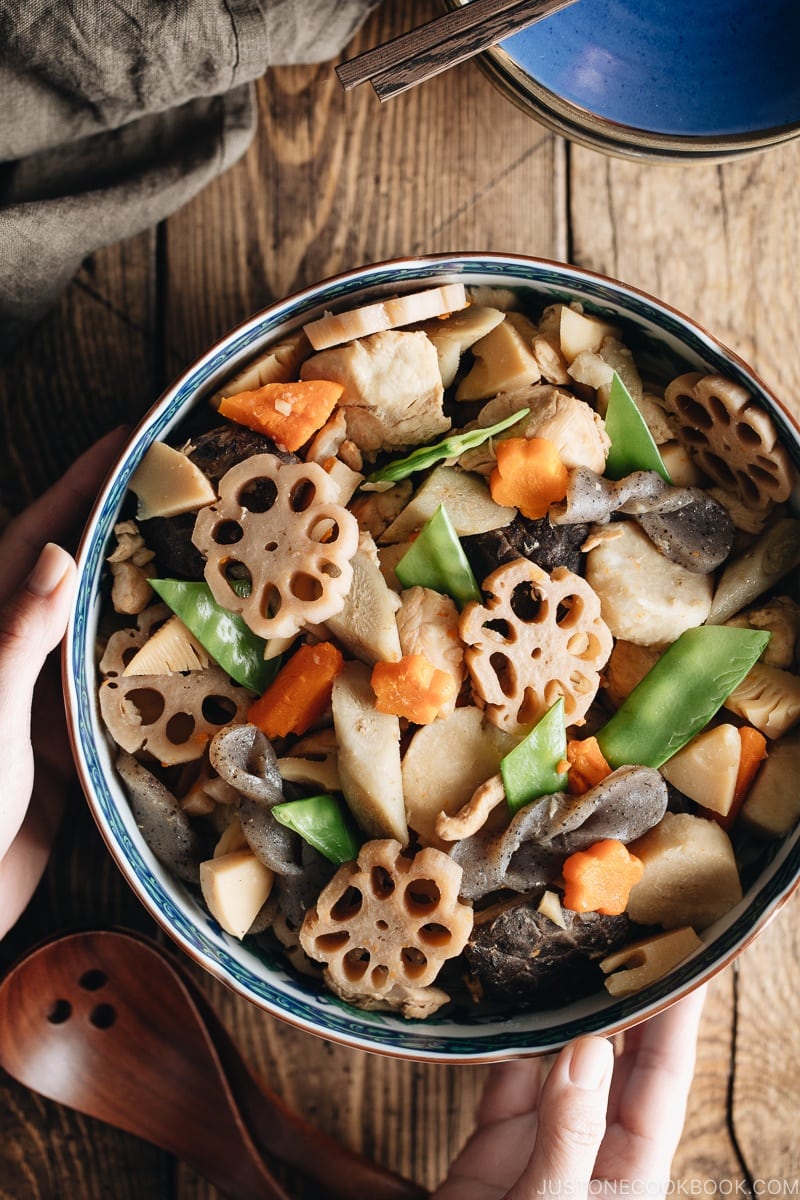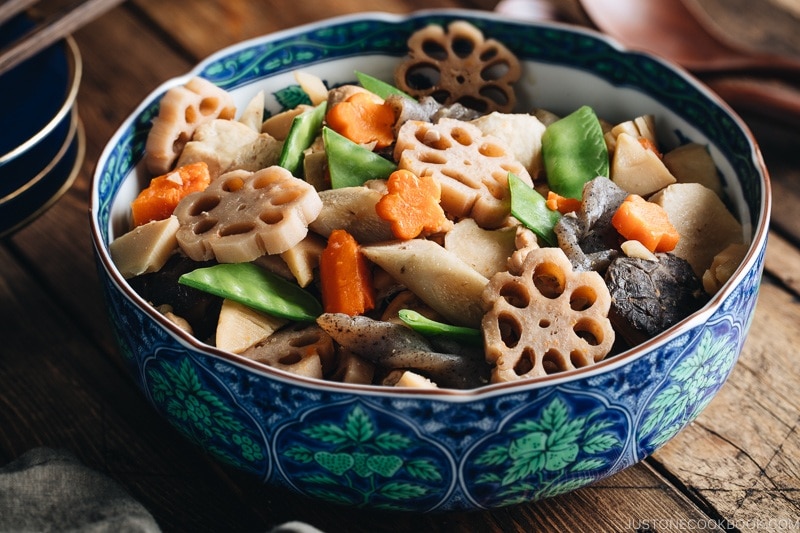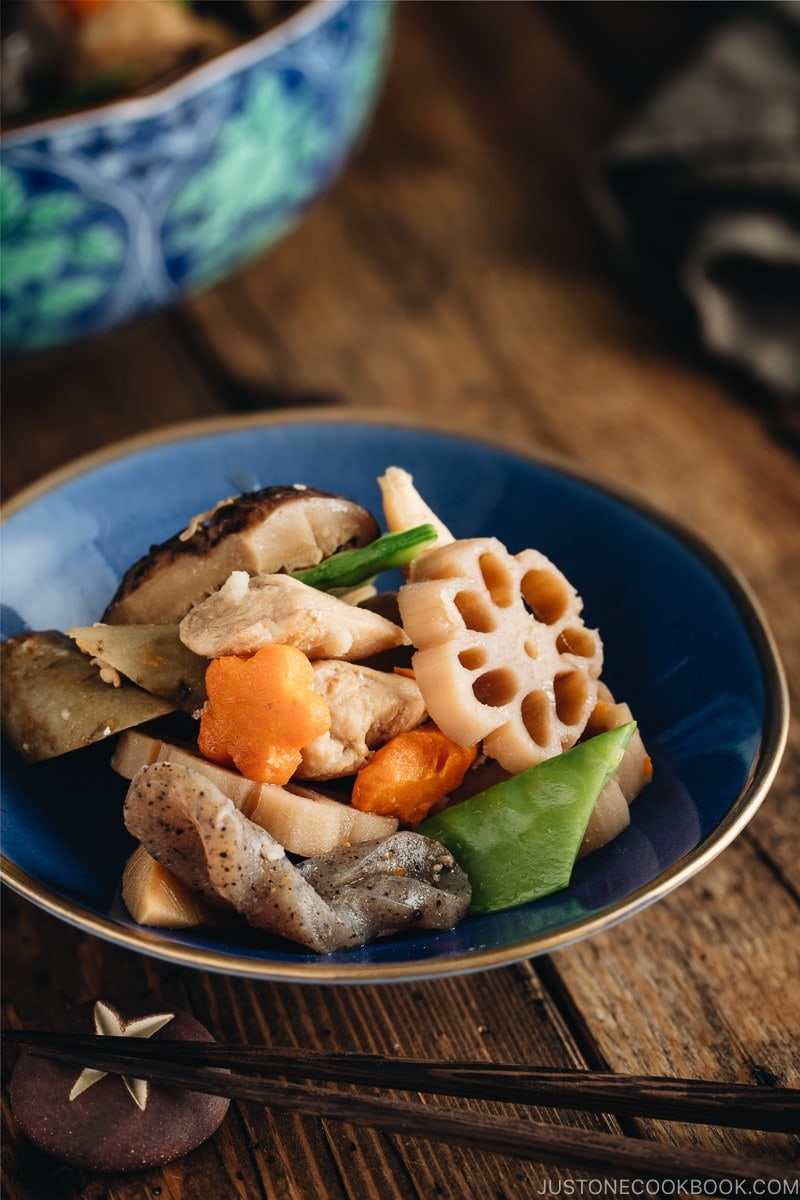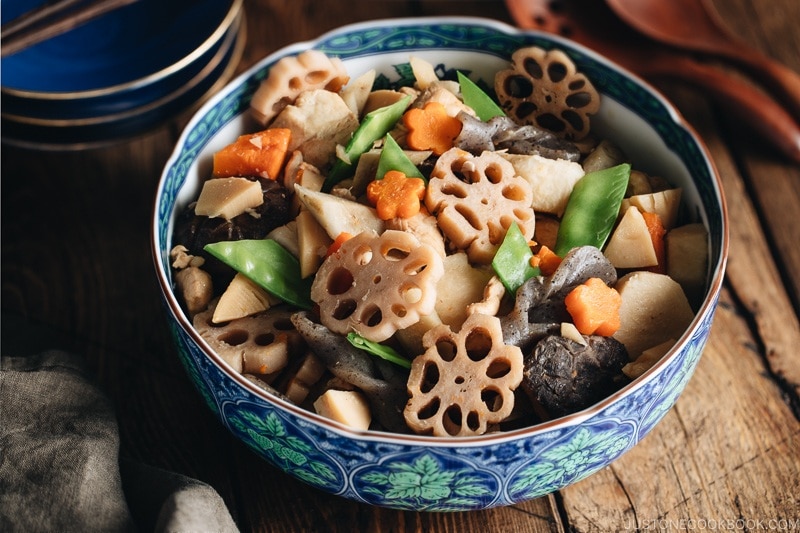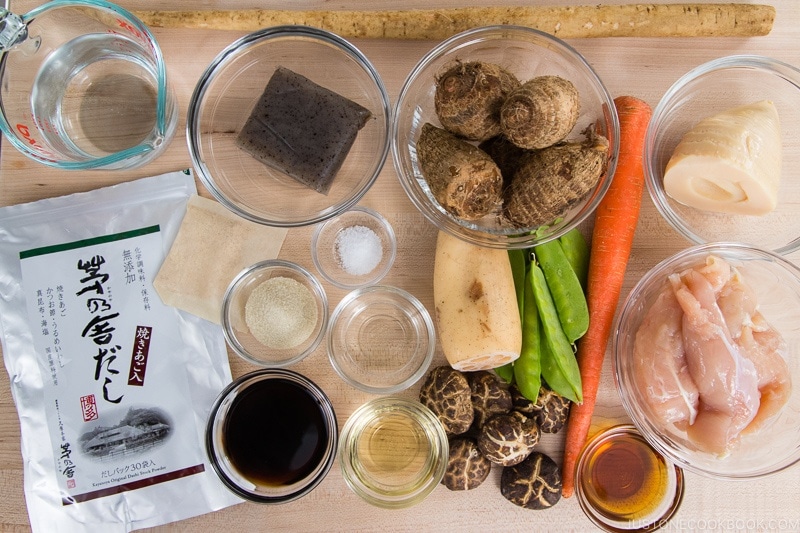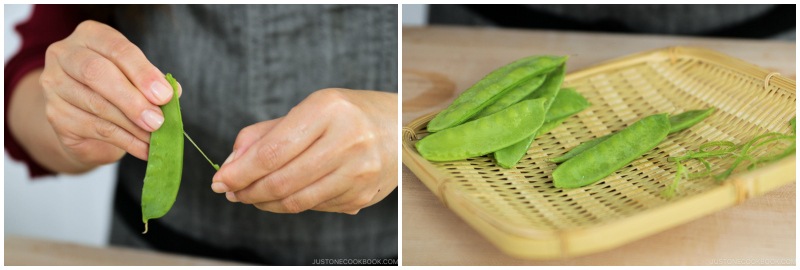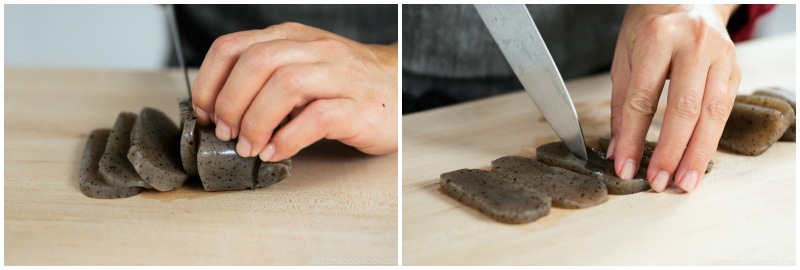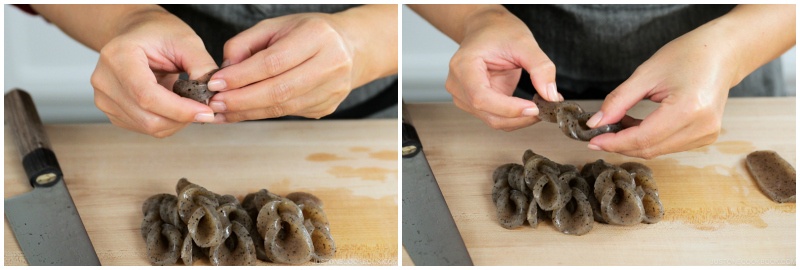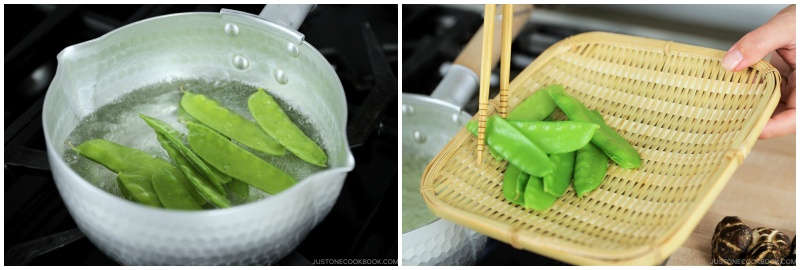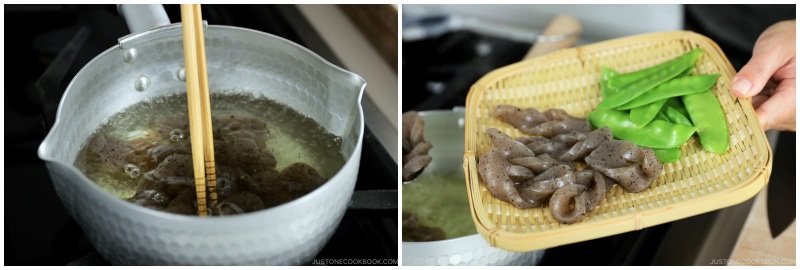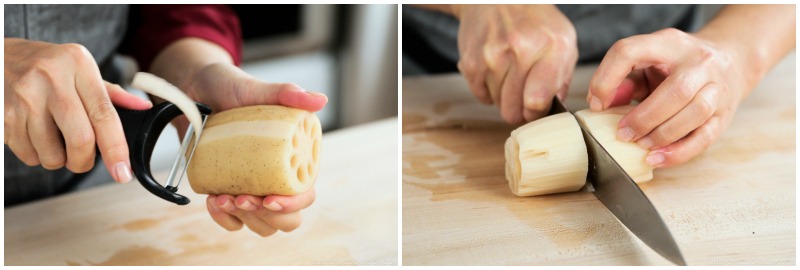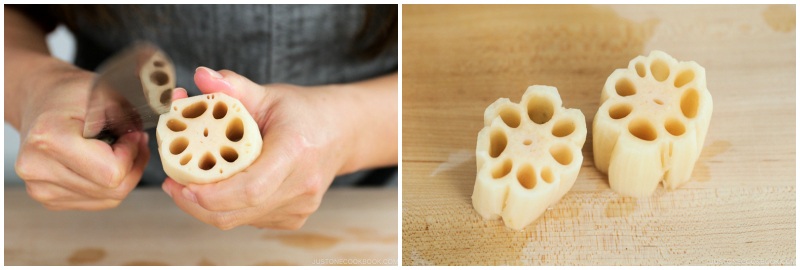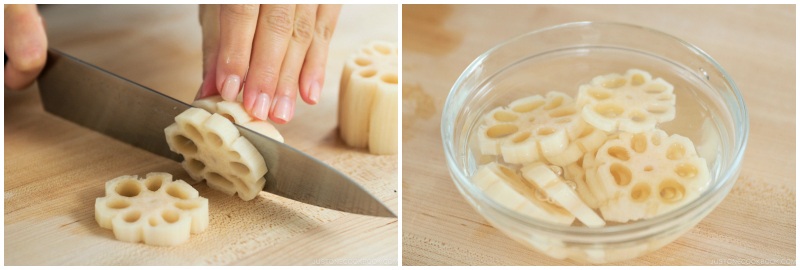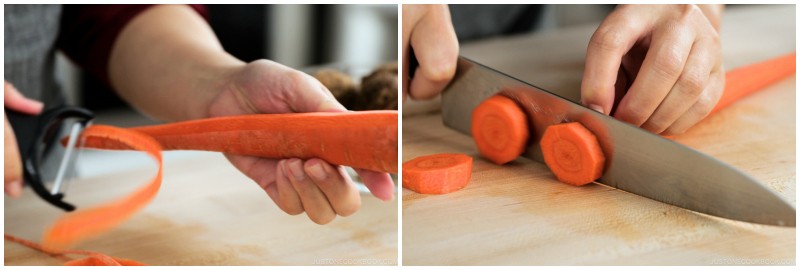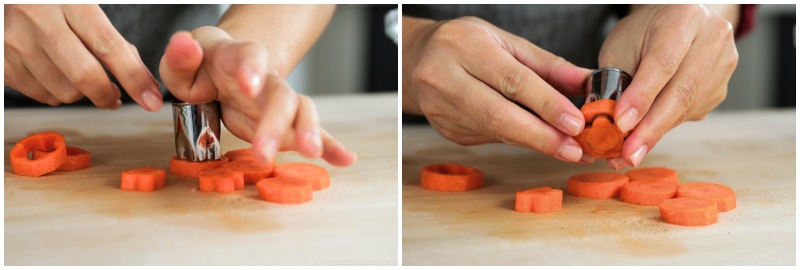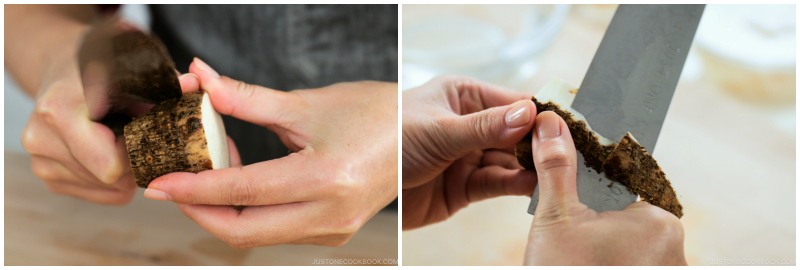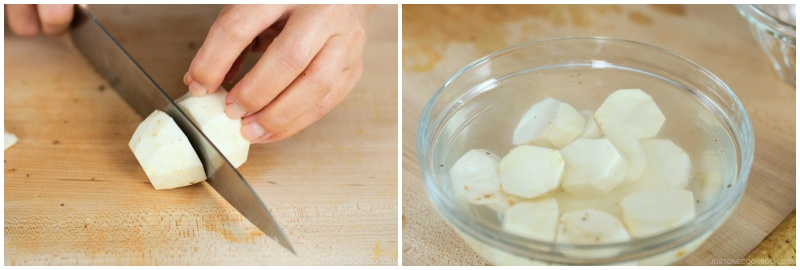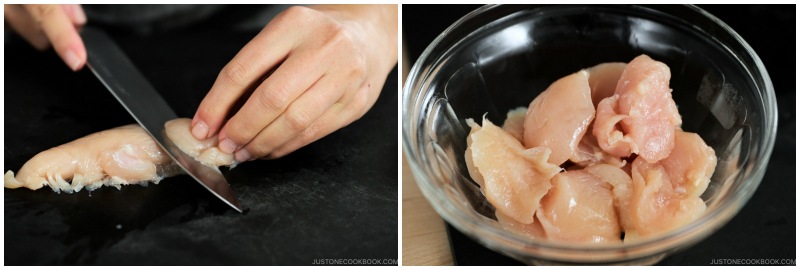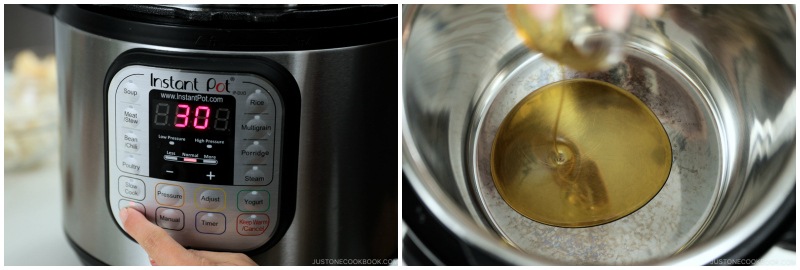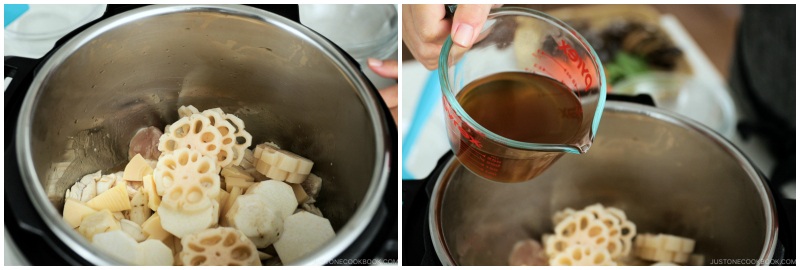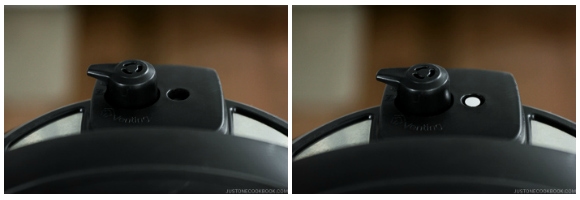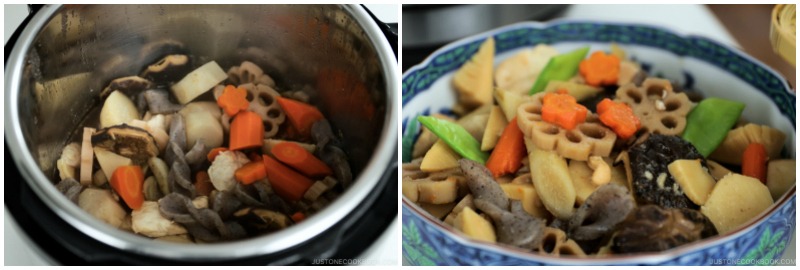The menu for Osechi Ryori (Japanese New Year cuisine) is all about preserving traditional recipes and celebrating the auspicious occasion. Every dish plays a role in wishing for prosperity and good health in the new year, with the simmered stew called nishime (煮しめ) or Chikuzenni (筑前煮) served for its auspicious significance. While I’ve shared my stovetop Chikuzenni recipe before, I decided to speed things up this year with this Instant Pot Nishime recipe. The pressure cooker function makes a big batch in a short time—perfect for entertaining family and friends!
What is Nishime?
Nishime (煮しめ) is a traditional Japanese one-pot stew of root vegetables and chicken simmered in dashi broth seasoned with soy sauce, sake, and mirin. It’s the most popular nimono (煮物, simmered dish) and a classic Japanese home-cooked meal. It’s also served on special celebratory occasions like Japanese New Year because the ingredients have different meanings to symbolize joy, happiness, prosperity, and cleansing. The traditional Japanese vegetable stew commonly includes root vegetables, starchy potatoes, konnyaku (konjac), kombu, deep-fried tofu, sometimes chicken, fish cake (chikuwa and kamaboko), and occasionally fish depending on the region.
What’s The Difference Between Nishime and Chikuzenni?
The cooking method where you simmer ingredients for a long time to reduce the cooking liquid is called nishimeru (煮しめる), and shortened to nishime (煮しめ). Why is nishime also called Chikuzenni? It was named after the old Chikuzen Province in Northern Kyushu that’s part of modern-day Fukuoka Prefecture. This dish originated there; however, it’s now enjoyed throughout Japan under both names.
Ingredients You’ll Need for Nishime
water – for the dashi; or use Awase Dashi or Vegan Dashi and skip the dashi packet dashi packet dried shiitake mushrooms – for the dashi and the stew snow peas konnyaku (konjac) bamboo shoot lotus root (renkon) carrot Japanese taro (satoimo) gobo (burdock root) boneless, skinless chicken thigh – I used chicken tender today; you can also mix different cuts; use plant-based meat or mushrooms for vegan/vegetarian toasted sesame oil – for frying sugar, mirin, sake, kosher salt, and usukuchi (light-colored) soy sauce – for the seasonings; use regular soy sauce
Auspicious Japanese Vegetables
We include the following vegetables in nishime for auspicious reasons:
carrot – Welcome spring by cutting carrot slices into a plum (ume) flower. lotus root – The holes of the lotus root present a clear and unobstructed future; you can cut it into a flower shape called hana renkon. burdock root (gobo) – A skinny, long root vegetable that grows straight down into the ground; it symbolizes stability for the house and family. shiitake mushroom – It represents longevity when you cut the edges of the mushroom into a hexagon to resemble a turtle shape. taro – It symbolizes fertility or descendants’ prosperity as you can find a lot of baby taro on one root.
Why Make Decorative Cuts on Nishime Ingredients?
We often cut the ingredients into fancy shapes when making this vegetable stew for the Osechi Ryori meal on Japanese New Year and other celebratory occasions. Whether you want to use decorative cuts or not is entirely up to you. I have two reasons why it can be a nice thing: Too much work? I agree, especially when you have to make so many other dishes for the New Year. But hey, that’s why I’m introducing this Instant Pot version!
How To Make Instant Pot Nishime
If you will include this dish in your Osechi meal, I recommend cooking it 2 days before you plan to serve.
Substitutions for Japanese Ingredients
Vegetables: You can find many nishime ingredients in Chinese and/or Korean grocery stores and sometimes Southeast Asian markets. Some major grocery stores like Whole Foods or local co-ops may carry these unique vegetables, too. Konnyaku (Konjac): Konnyaku, on the other hand, may be difficult to find. But, you can skip it as konjac is included more for the texture and auspicious symbolism. Dashi from Scratch: Of course, it’s best to make dashi from scratch. It is so simple and takes only 30 minutes or less to make. You can’t make authentic Japanese food without dashi, so please try your best to make dashi instead of using another type of stock (unless I mention it). May the New Year bring you and your family lots of happiness and new inspiration as you enjoy this Instant Pot Nishime together. Wish to learn more about Japanese cooking? Sign up for our free newsletter to receive cooking tips & recipe updates! And stay in touch with me on Facebook, Pinterest, YouTube, and Instagram. Editor’s Note: The post was originally published on December 25, 2018. It’s been republished in 2019.
